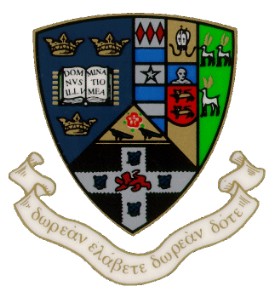| abstract |
This work traces the role of art, specifically the economic and social accessibility of art to the public, as perceived by these select artists, their contemporaries, and by modern critics. The poets and artists of the Pre-Raphaelite Brotherhood deliberately and thoughtfully created their own coterie: recorded their discussions regarding aesthetics, created rubrics for creating and evaluating art, collaborated on artwork, and chose their own name to signify what they identified as the truest art. They sought to be faithful to nature while highlighting the beauty in commonplace occurrences. Like Janus, they looked backward for inspiration and forward to a society in which art that achieves these goals is both universally accessible and appreciated.
The Pre-Raphaelite Brotherhood inspired a movement of artists who sought to emulate them. William Morris adapted the aesthetic of highlighting the beauty in commonplace objects by creating decorative arts in the Arts and Crafts style – first, for his own home, then through his businesses. He, too, looked backward to the past for inspiration for technique, as well as to a future in which all individuals were on equal economic standing, and worked collaboratively for the joy of work well done, not motivated by capitalist ideologies. Morris achieved his goal of beautifying the commonplace for those who could afford his artisanal crafts; he used images from nature, particularly floral patterns, in doing so. Although he used his own wealth to support socialist causes, he did not embrace a socialist lifestyle for himself or his family.
The link between Arts and Crafts and Art Nouveau is not as commonly understood as the link between the Pre-Raphaelites and Arts and Crafts. Alphonse Mucha is credited as being one of the first to popularize Art Nouveau style. He took inspiration from the past – the history of his faith and his national identity – as well as from his lifetime. Looking forward, he created murals in the Municipal House in Prague, and his art installation The Slav Epic, as gifts to future Czech citizens. In creating these works, as well as his advertising posters, Mucha achieved what the other artists referenced did not. Mucha created art for the people that was affordable and accessible.
Supporting evidence includes primary sources, both writings and visual art, as well as secondary sources: biographies, analyses, and criticisms.
|

